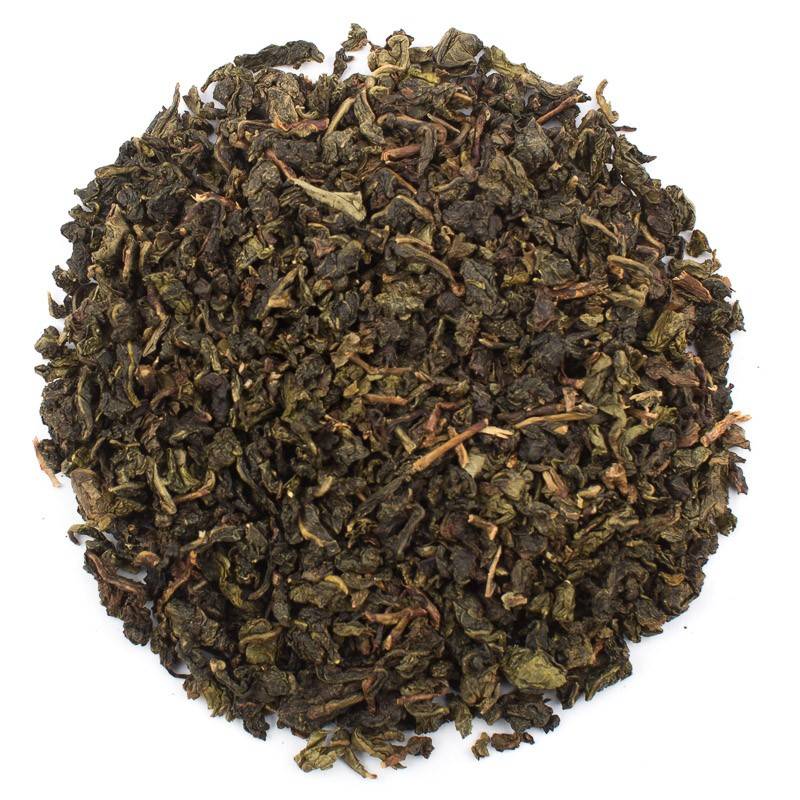Milky Oolong -3545 -Milky Oolong
Milky Oolong -3545 -Milky Oolong
- Regular price
- $ 30.00 USD
- Regular price
-
- Sale price
- $ 30.00 USD
- Unit price
- per
Couldn't load pickup availability
Milky Oolong
Flavored oolong tea with a milk and cream flavor
High-quality Chinese Tie Guan Yin, a green-ripened oolong with a creamy, smooth taste.
The tea leaves are rolled into balls by hand.
Origin: China
Harvest time: spring
Region of origin: Fujian, China
Ingredients: Oolong, flavor
Preparation recommendation
Brewing time: 3 min.
Water hardness: soft
Water temperature: 100 ° C
Dosage: 1 teaspoon (3 g) per cup (200 ml)
Average nutritional values per 100 ml of infusion
Calorific value [kJ / kcal] 3 / <1
Fat [g] <0.1
of which saturated fatty acids [g] <0.1
Carbohydrates [g] 0.2
of which sugar [g] <0.1
Protein [g] <0.1
Salt [g] <0.01
If you are an oolong lover, try this unique tea. This is a greener Chinese Ti Guan Yin that has a creamy aroma. Soft, lighter oolong infusion. Unusual and smooth.
This delightful, hand-processed green oolong is grown high in the Fujian mountains in China. Famous for its 'milky' taste and silky texture, the large, tightly-rolled leaves have the alluring fragrance of sweet cream and pineapple. The flavor is smooth with light, orchid notes. Great for multiple infusions.
Share




